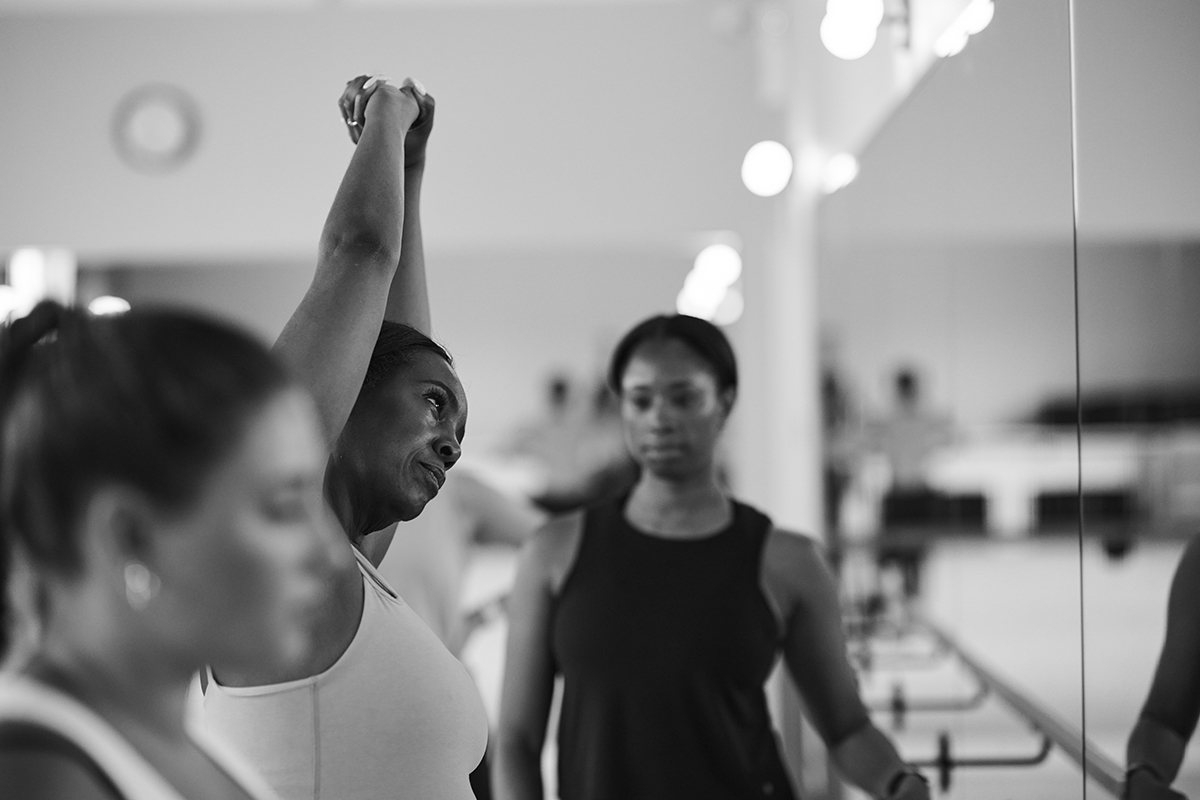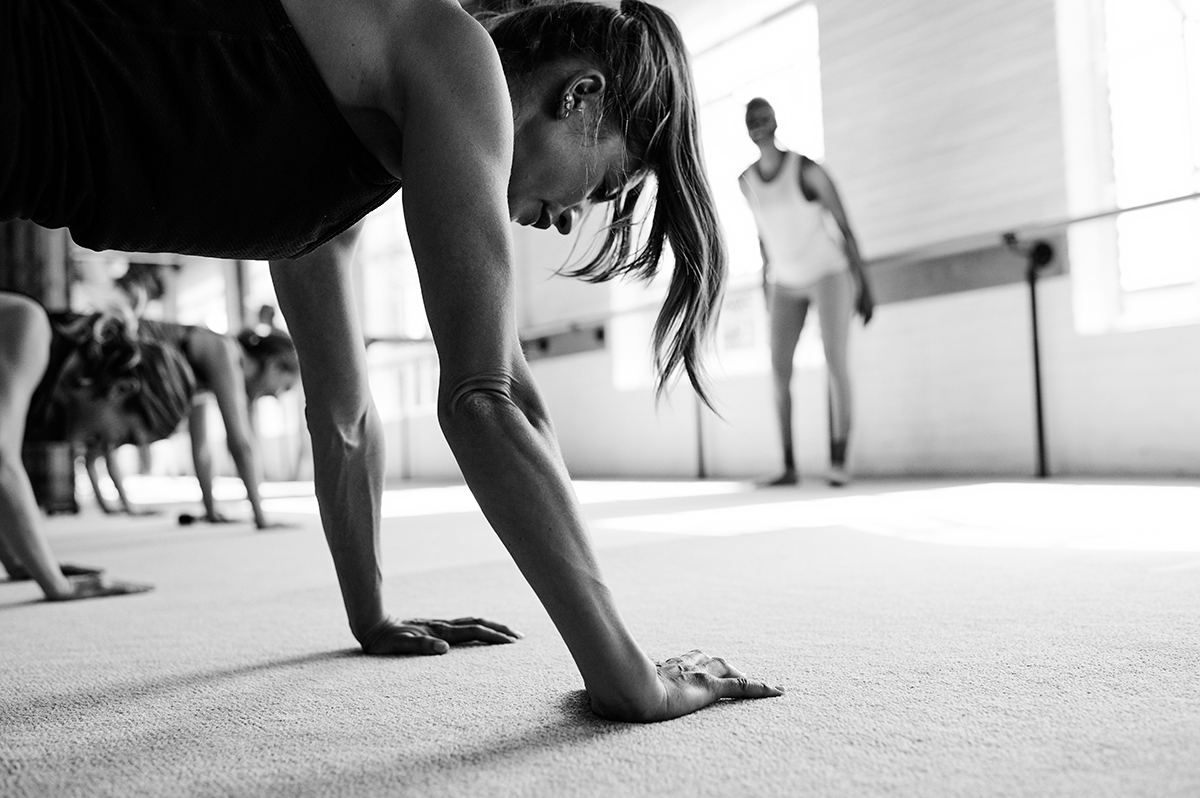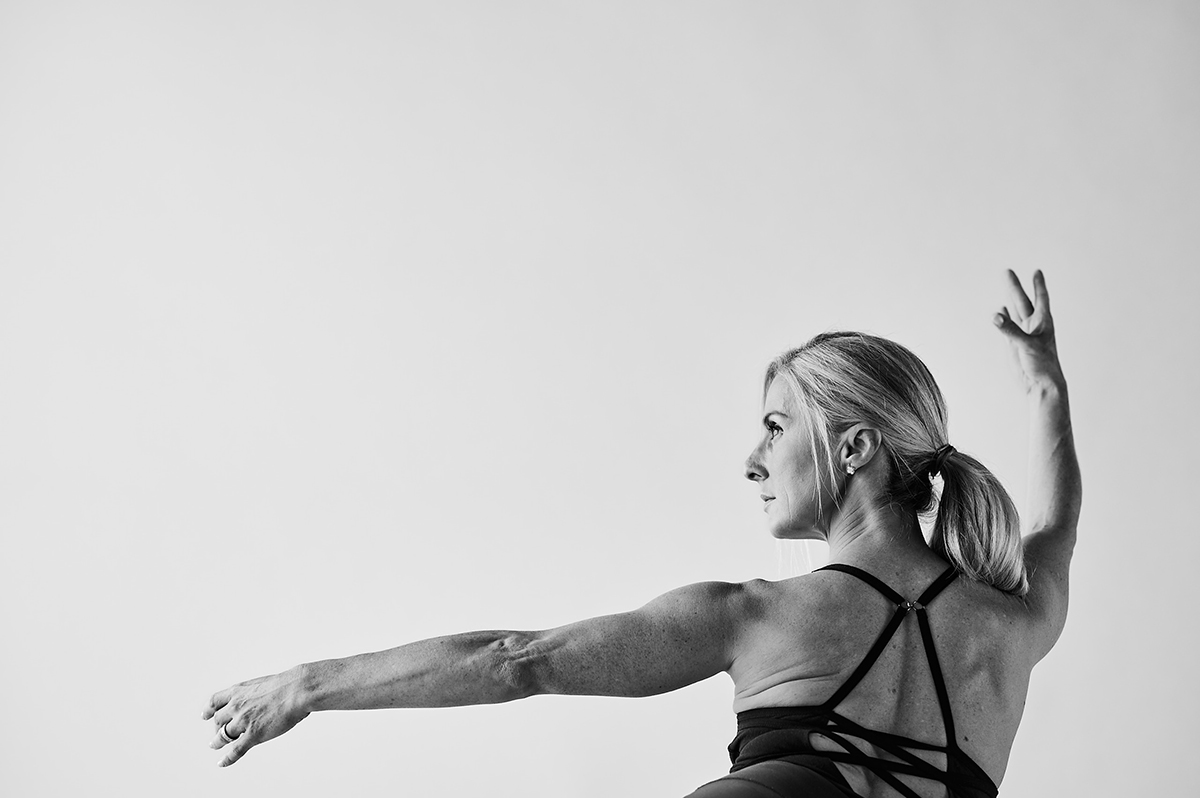New clients! For a limited time, Get 13 Classes for $78 (only $6 per class)
7 Benefits of Barre Workouts: How It Complements Other Forms of Exercise
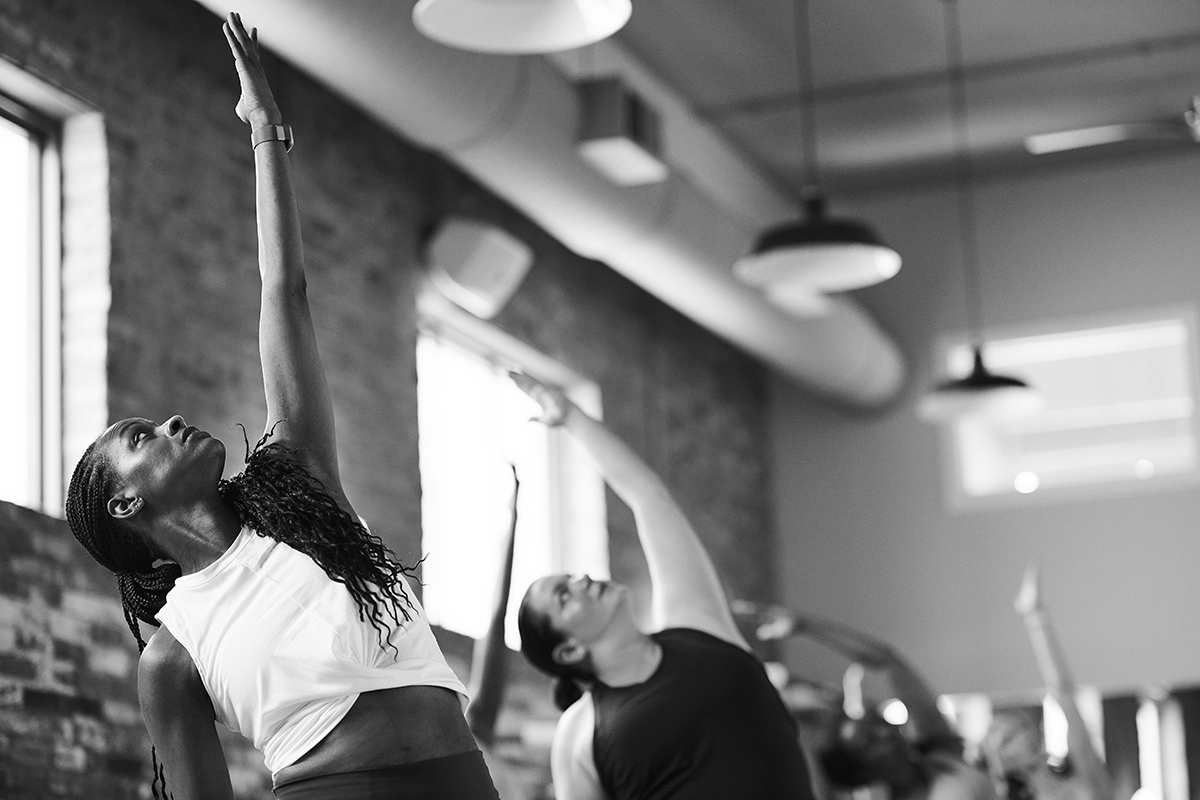
When your days are packed with appointments and to-dos, you need your workouts to be as effective and efficient as possible. That’s where barre comes in. Barre combines elements of ballet, yoga, strength training, and Pilates for a fun, results-driven workout that builds muscle, tones, and sculpts all in one carefully designed class.
Read on to learn several benefits of barre, plus how this workout (and Bar Method classes specifically) complement other types of fitness training, from running to lifting to spinning.
7 benefits of barre: What does barre do for your body?
1. Barre promotes overall strength
Is barre strength training? In a word: Yes.
You don’t have to lift huge weights to build strength. With barre, you can challenge your muscles using just your bodyweight and some light dumbbells. Some poses may look easy, but make no mistake — it’s hard work!
Barre workouts build strength primarily through isometric resistance training (contracting your muscles to hold your body in specific positions). They also incorporate small, ultra-concentrated movements that lead to the signature barre shake.
At The Bar Method, we make sure to target every major muscle group, helping sculpt and define your body from head to toe. Our instructors teach you how to isolate key muscles and keep them activated for maximum results. Here are the muscle groups you’ll hit in barre.
- The pecs (Pectoralis Major)
- Anterior deltoids (Pars Clavicularis)
- Medial deltoids (Musculus Deltoideus)
- Posterior deltoids (Pars Scapularis)
- The outer quads (Vastus Lateralis)
- The triceps (Triceps Brachii)
- The hamstrings (Biceps Femoris)
- The lower quads (Quadriceps Femoris)
- The abdominals (Rectus Abdominis)
- TA (Traversus Abdominis)
- Hip abductors (Gluteus Medius)
- Buttocks (Gluteus Maximus)
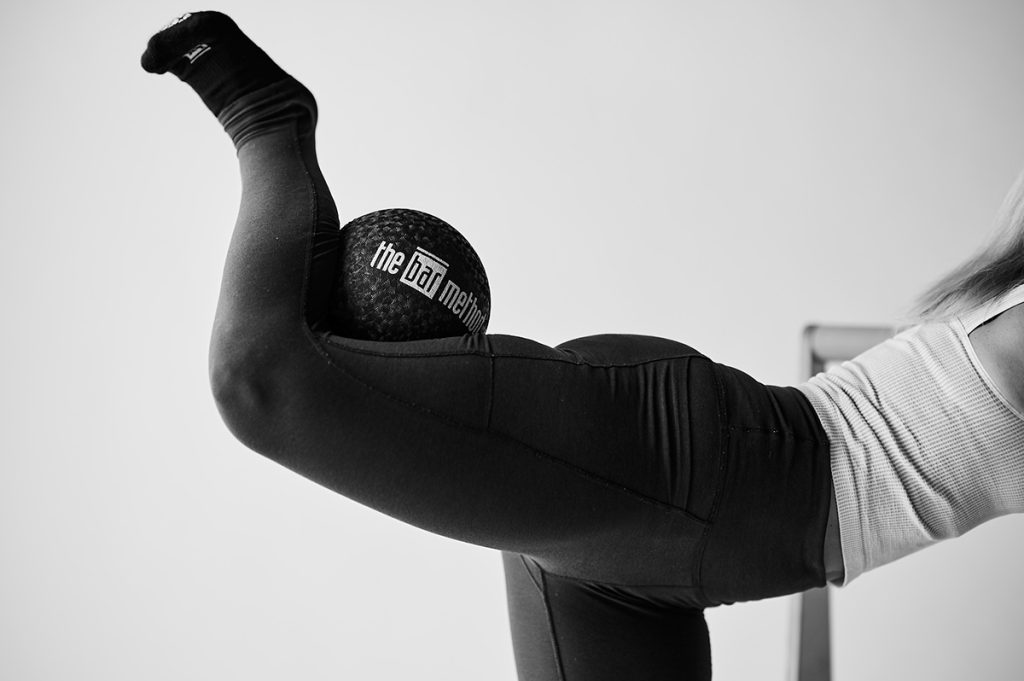
2. Barre increases flexibility
Be honest: Do you typically rush through stretches after a workout — or, worse, skip stretching altogether? If so, you’re missing out on the perks of flexibility training.
Flexibility, or your ability to move your joints through their full range of motion, is a key component of overall health. Stretching is one way to improve flexibility, which helps maintain healthy joints, ensure your muscles work efficiently, and prevent injury.
Thankfully, stretching is a key ingredient in barre workouts. Every Bar Method class incorporates stretch intervals using both dynamic-active and static-passive stretches. Each stretch interval is strategically designed to lengthen the muscle groups targeted during strength intervals.
Static-passive stretches are the most well known and most common type of stretch. They involve stretching a muscle as far as you safely can and holding that position for approximately 30 seconds, using some sort of external force to assist (i.e., a stretching strap, your hand, the barre, etc.). Thanks to this assistance, you’ll likely find that you can relax and go deeper into static-passive stretches.
Meanwhile, dynamic-active stretches use movement to lengthen muscles. They involve repeatedly moving through challenging yet comfortable movements and actively contracting the muscle opposite the one being stretched. (A few dynamic-active stretches we love at The Bar Method include knee dancing, waterski seat, and round-back.) The dynamic-active approach generates more heat than static-passive stretches, giving your muscles a burning sensation. Not only does this make your muscles more pliable, but research suggests they can more easily relax into a stretch when repeatedly activated.
By combining two effective stretching methods, barre boosts flexibility throughout your entire body.
3. Barre benefits posture
What do ballerinas, yoga students, and Pilates aficionados have in common? Top-notch posture. By combining the best of these three workouts, barre can help you sit up straighter, too. Your efforts will be rewarded with a healthier spine and neck, lower injury risk, and better overall wellness.
During barre classes, instructors provide subtle postural changes that encourage proper alignment and muscle activation in each pose. Bar Method classes even include specific exercises that strengthen and lengthen the muscles you rely on for proper posture, including:
- Legs
- Core
- Upper back
- Shoulders
Keep an eye out for lat pulls, rhomboid pulls, and standing seat during your next Bar Method class. These exercises will leave you standing taller and feeling more confident from the inside out.
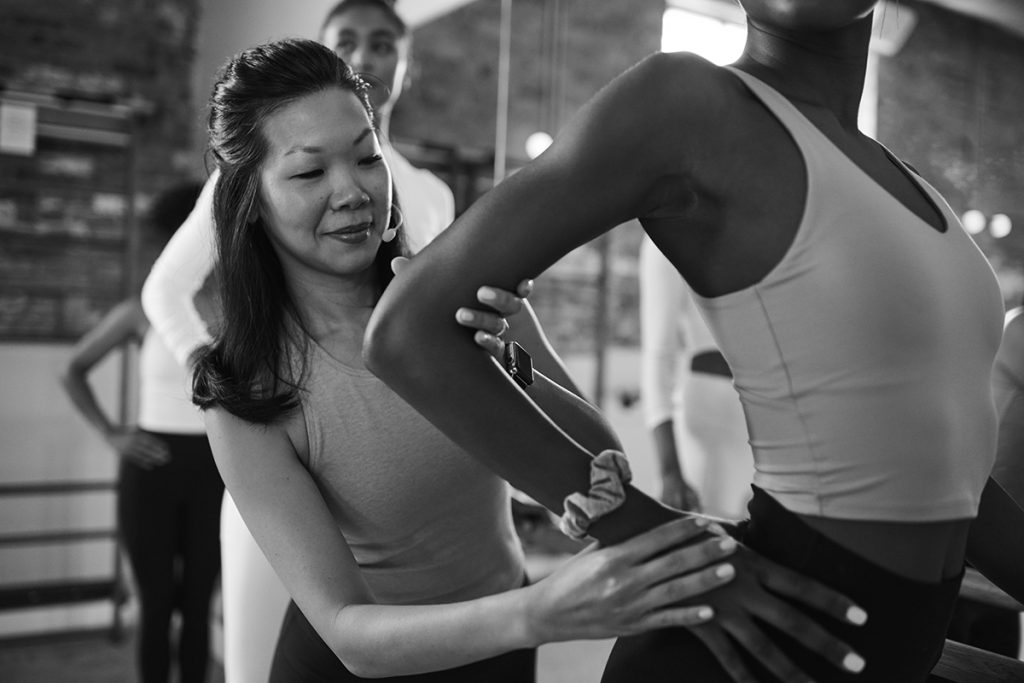
4. Barre is low-impact aerobic exercise
While it mainly focuses on strength and flexibility, barre benefits cardiovascular fitness, too. That’s because it offers low-impact aerobic training, so you don’t have to pound your joints to build cardiovascular health. But what is aerobic training? It’s any activity that gets your heart pumping and moves large muscle groups rhythmically, repetitively.
Every barre exercise in our classes recruits multiple muscle groups and prevents muscles from relaxing between reps. This constant effort challenges your muscles and your cardiovascular system — key for reducing your risk of chronic health conditions, including:
- Heart disease
- Type 2 diabetes
- High blood pressure
- High blood cholesterol
(Want more cardio? Try Bar Method Cardio classes.)
As an added benefit, barre is low impact, so it puts minimal pressure on your joints and muscles. That means you can exercise comfortably and consistently for the long term.
5. Barre can reduce stress
Feeling overwhelmed by your to-do list? Pause for barre. Evidence shows that exercise improves wellness by lowering stress hormones like adrenaline and cortisol. At the same time, it triggers the release of feel-good brain chemicals known as endorphins, which naturally lift your mood.
Barre offers the added wellness benefit of mindfulness, a type of meditation in which you focus on how you feel and what you experience in the current moment. If you come into the studio distracted by looming deadlines and personal crises, barre class is your chance to shift gears to the present. To get the best workout possible, pay close attention to how you feel in different poses, staying mindful of any verbal and hands-on adjustments from your instructor. You may find that being fully present during barre helps lower stress and boost mood (particularly during Bar Flow and Bar Restore).
6. Barre helps strengthen bones
As a muscle-strengthening activity, a barre workout benefits bones. When you work your muscles, they tug and push on the bones they connect to. This pulling and pushing tells your body to make more bone-forming cells known as osteoblasts, resulting in stronger bones.
Is barre good for osteoporosis?
Yes! Bone-building workouts like barre can help slow bone loss with age and potentially reduce your risk of osteoporosis — or stop osteoporosis from worsening.
7. Barre can help with weight loss
If weight loss is your goal, barre may help. Alongside proper nutrition, regular exercise is key for reaching the calorie deficit needed to lose weight (i.e., taking in fewer calories than you use). And the best way to stay consistent with exercise is to find a workout you like. Not only do Bar Method classes burn plenty of calories (approximately 250-500 calories per class), but they’re a blast! Plus, you’re surrounded by a supportive community that can help you stay motivated along your weight loss journey.
Bonus: Strength training and increased muscle mass help your body burn more calories, even at rest. (This is your sign to try Bar Strength.)
How long does it take to see results from barre workouts?
With consistency, you can expect to see (and feel!) more sculpted muscles and greater flexibility after taking three to five barre classes a week for three to four weeks, though you may feel a mood boost after just one class. Weight loss results vary depending on your eating habits, how much weight you’d like to lose, and other factors, including:
- Height
- Muscle mass
- Fitness level
- Age
- Sleep
- Hormones
- Overall exertion
How to incorporate barre into your workout routine
Barre can add balance to any workout routine, whether your goal is weight loss, building strength, or improving your overall health and well-being. You’ll likely see the best results by doing three to five barre classes a week, but find the frequency that works best for you. With five signature formats, you can find a perfect barre mix of full-body strength training, cardio, and recovery.
Aim to make one to two Bar Cardio classes per week part of your routine, or include additional cardio activities in your routine. Walking, jogging, cycling, swimming, rowing, and water aerobics are all great options. Aim to reach 150 minutes of moderate-intensity aerobic activity per week, as recommended by the U.S Department of Health and Human Services’ Physical Activity Guidelines for Americans.
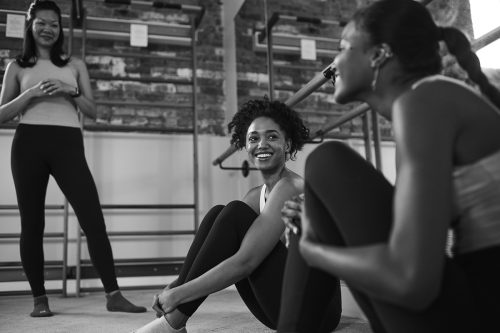
A final word on the benefits of barre
Because there are so many barre workout benefits — from strength to flexibility to cardio — barre can play a starring role in your fitness routine. The fact that it’s low impact also means you can take barre classes frequently without stressing your joints. Do as many barre workouts as you’d like, but note that three to five per week will deliver the best flexibility, strength, cardio, posture, and weight loss results.
More barre and wellness tips
Want to maximize your barre workout benefits? Check out these resources:
- Benefits of Stretching During Barre
- How Do You Know When You’re Ready for Bar Strength?
- How to Fuel Your Bar Method Workout
Experience the sculpting, strengthening, toning benefits of barre yourself. Find your nearest Bar Method studio now.

